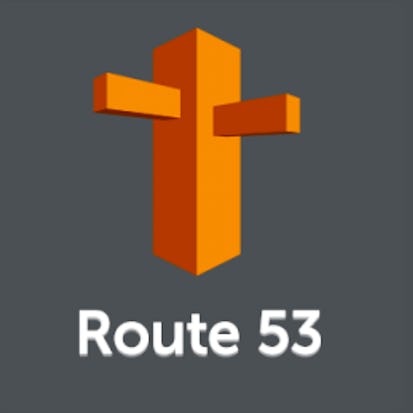- Level Beginner
- Duration 3 hours
- Course by Coursera
-
Offered by

About
In this 2-hour long project based course, we will look at how to handle and divert website traffic to multiple servers using Routing Policies in AWS Route 53. We will look at how you can configure different types of Routing Policies. We will start off with Simple Routing Policy which can be used to divert traffic to multiple servers / IP's randomly. Then we will look at Weight Routing Policy which allows you to split your traffic based on different weights assigned. We will then move on to Latency-based Routing which allows you to route your traffic based on the lowest network latency for your end user (fastest response time). Then we will learn to create an active/passive set up using Failover Routing Policy where you can have a primary website and a secondary Disaster Recovery site.. We will then look at Geolocation Routing Policy which will send your traffic to various servers based on the Geographic location of your users which can for example allow for custom sites based on user location. Finally, we will see Multi-Value Answer Policy which lets you configure Route53 to return multiple values along with health checks. Note: This course works best for learners who are based in the North America region. We're currently working on providing the same experience in other regions.Modules
Practical Application via Rhyme
1
Assignment
- Creating Routing Policies to Handle Website Traffic Using AWS Route53
1
Labs
- Creating Routing Policies to Handle Traffic with AWS Route53
1
Readings
- Project-based Course Overview
Auto Summary
Discover the intricacies of website traffic management with "Creating Routing Policies to Handle Traffic with AWS Route53." This engaging 2-hour project-based course, offered by Coursera, delves into the essential Routing Policies of AWS Route 53, making it ideal for beginners in IT and Computer Science. Guided by expert instructors, you will explore various strategies to efficiently direct user traffic to multiple servers. Start with the Simple Routing Policy to understand traffic diversion across multiple servers or IPs randomly. Progress to the Weight Routing Policy to learn how to distribute traffic based on assigned weights. Enhance your skills with the Latency-based Routing Policy, which optimizes user experience by routing traffic based on the lowest network latency. Further, master the Failover Routing Policy to create a reliable active/passive setup with primary and secondary disaster recovery sites. Discover the Geolocation Routing Policy, enabling traffic direction based on user geographic locations for personalized experiences. Finally, implement the Multi-Value Answer Policy to configure Route53 for returning multiple values with integrated health checks. Although this course is optimized for learners in North America, efforts are underway to extend a similar experience globally. With no cost to enroll, this beginner-level course promises a comprehensive introduction to AWS Route 53's routing capabilities, making it a valuable addition to your IT skillset.

Mohammed Murtuza Qureshi


